We use cookies to make your experience better. To comply with the new e-Privacy directive, we need to ask for your consent to set the cookies. Learn more
How Do You Give Your Wormer?
Equine parasites have different methods of infecting a horse and they also undergo various life cycles. Most worms are introduced to the horse during grazing, when the horse eats grass off a contaminated pasture. In the cases of bots, the horse licks his forelegs, where bot eggs are usually deposited. For every type of worm, there is a clever way for it to hitch a ride and find its way inside the horse.
Worms take in different physical appearances as well. Some belong to the group of flat-shaped worms, such as the tapeworms. Others can be round-shape, as in the cases of strongyles. Bots are not actually parasitic worms, but rather eggs of insects, known as gadflies or botflies, that use the horse as the host to continue their life cycle.

There are many type of equine worms.
Different types of dewormers
Horses will have to experience parasitic infections at some point in their lives. In order to keep these parasites at bay, worming your horse regularly is required. Anthelminthic drugs or dewormers can prevent problems caused by parasites. Some may even be effective enough to prevent reinfection for several weeks. For many horse owners, this task is never easy. You need to make sure that an animal as huge as a horse will be submissive enough when it sees a tube of wormer about to be given to him. So how do you give a deworming agent to a horse and see to it that all the contents have been consumed?
There are different approaches to make deworming a lot easier. The most common wormer used is in paste or syringe form, but there are also those that are available in granules such as AbIver and AbPyran. Regardless of the convenience of either of the dosage form, there is always the best way to use them depending on the person using it and how compliant the horse can be.
Tips for Using Dewormer Paste
When you are using a worming paste, there are techniques on how you can actually deliver the drug completely to the horse without wastage. Remember that when deworming your horse using syringe, you need to tie him up and see to it that his mouth is empty.
Insert the worming syringe into the corner of his mouth, where you will less likely find teeth. This would be the perfect site to shoot the drug in. With the syringe in place, push the plunger to deliver the drug. You constantly need to wiggle the device to help spread the drug across its tongue. Doing so will prevent having a lump of paste spat out.
As you withdraw the plunger, lift your horse’s head to allow him to swallow the drug. Make sure you keep his head lifted until you are certain that the paste has been swallowed. Check if the proper dose has been delivered as shown by an empty syringe. If you see some left, you may repeat the steps.
Tips for Using Deworming Granules
While paste in syringe is the conventional approach to deworming, granules have been introduced to make deworming much more convenient. If you are having a hard time getting your horse to consume a drug from a syringe, then you might find help in granules. When using deworming granules, you can simply sprinkle them onto your horse’s feed. Prepare the usual feed your horse gets every day. Sprinkle the granules on the feed and gently mix them in. Do not mix the granules vigorously as doing so will send some at the bottom of the feeder – your horse may not receive the correct dose.
When giving the feed along with the granules, do it as if it was just an ordinary feeding schedule. Make sure that the horse has eaten all of the mixed feed before giving more. Some horses are smart enough to sense that you have mixed in a foreign substance and may be reluctant to touch their feed. This will mean, another failed attempt at worming.
In cases where you find that even granules don’t work for a smart, picky-eater, you can be creative enough by giving the drug with a treat. A perfect example is mixing the granules with molasses to encourage the horse to eat it; or perhaps, stuff the granules into a muffin and let the horse enjoy the treat!
Importance of Correct Dosing
It is up to you whichever method will suit you best. Nevertheless, it is important to give your horse the correct dose of dewormer based on his weight and height. Giving incorrect amount of dosage can lead to resistance. Meaning worms will developed immunity to a certain type of treatment. For this reason, it is important to consult your veterinarian on the proper dosing and the right type of wormer to be used.
Abler offers dewormers in easy to measure, simple to administer granules or Oral paste.

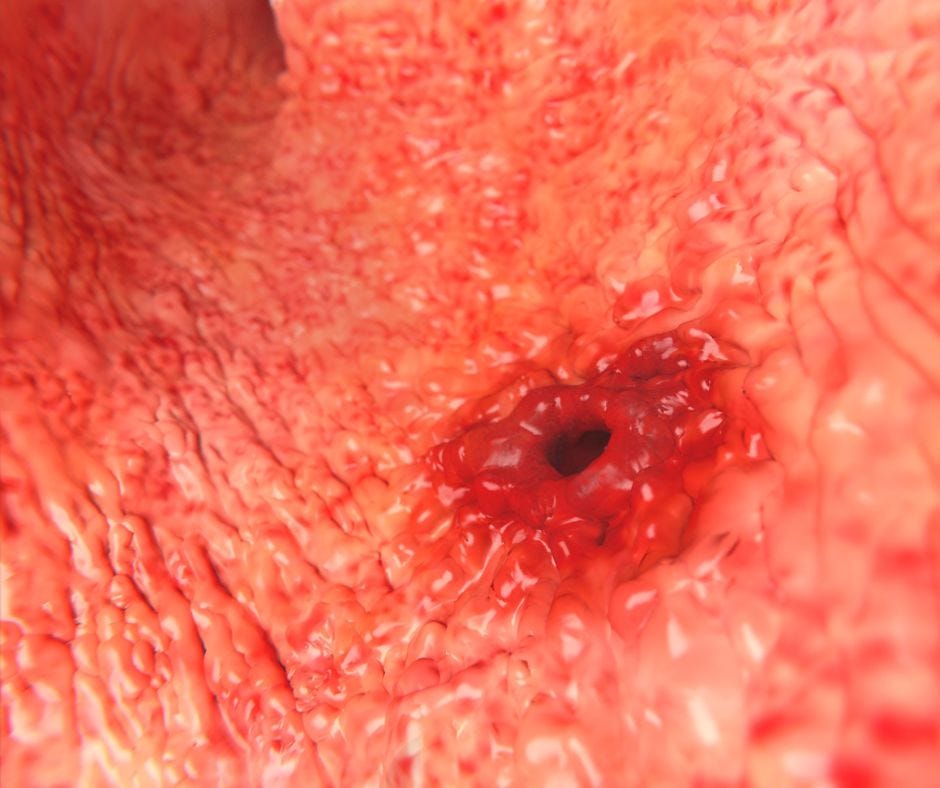
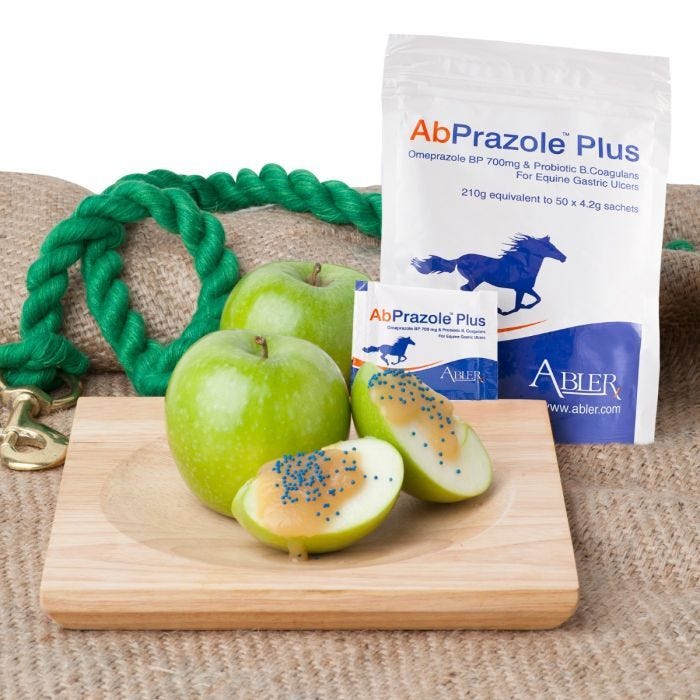
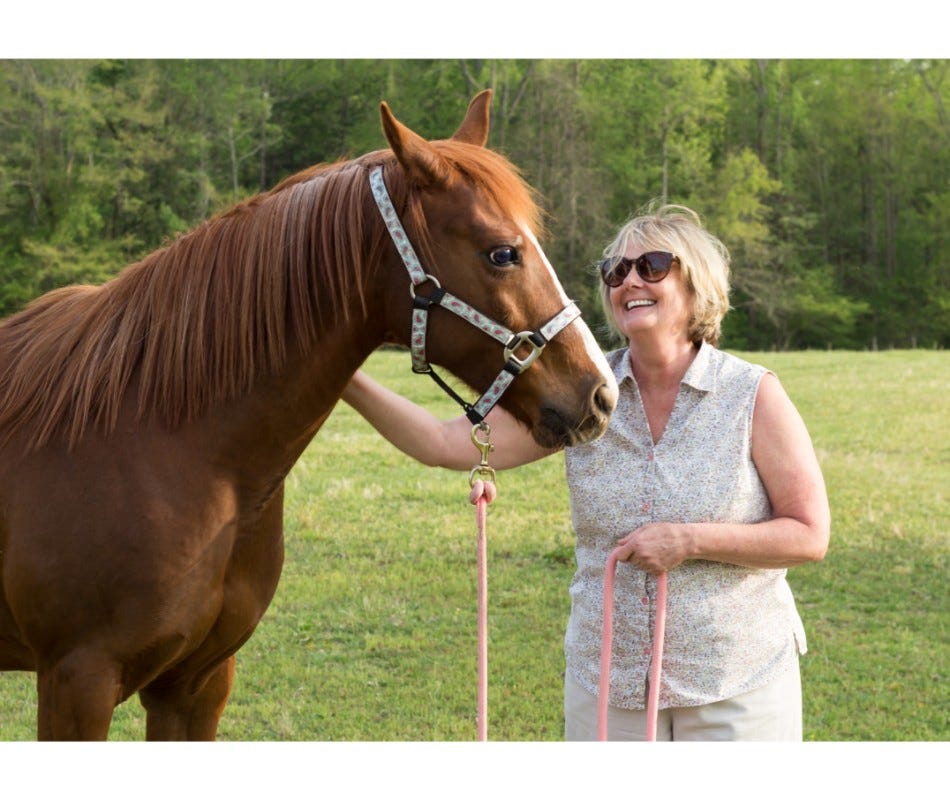
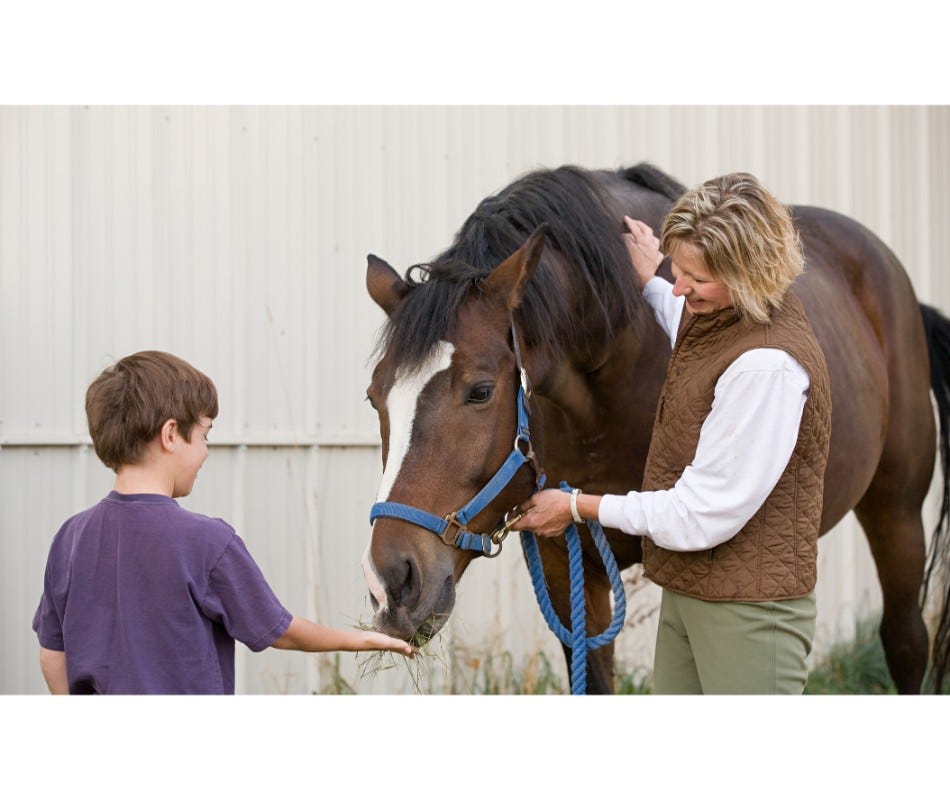
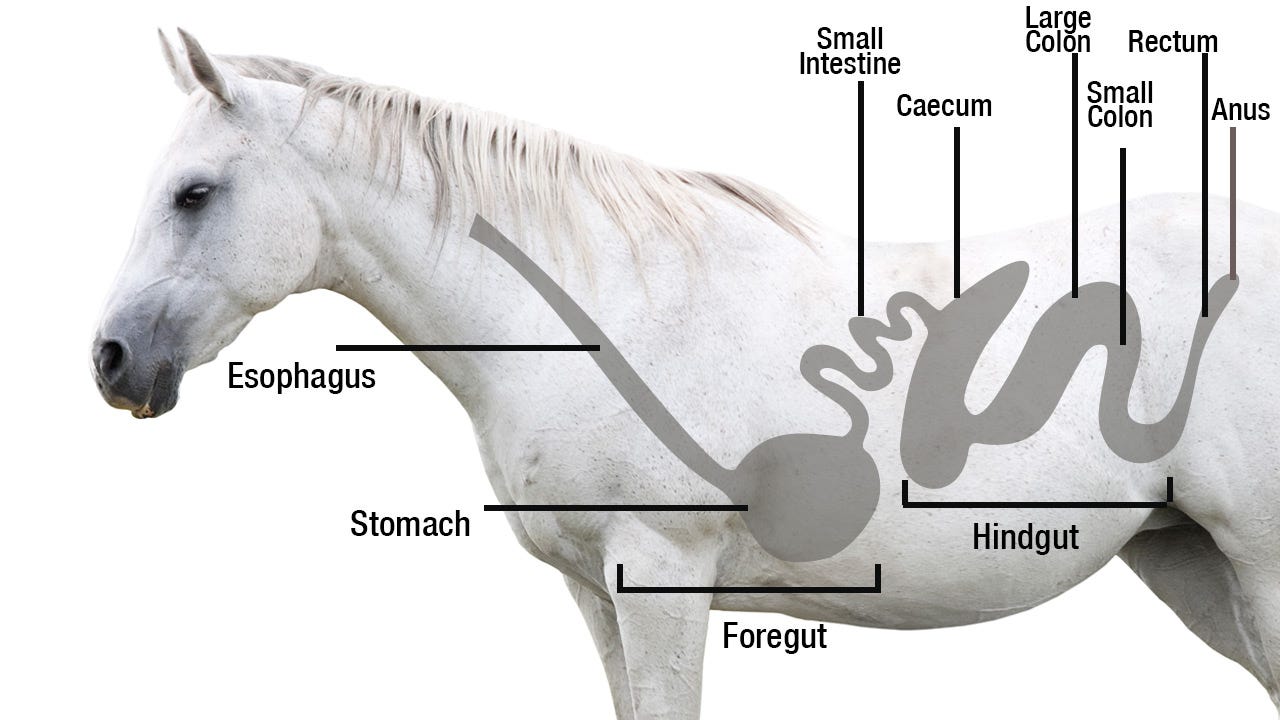
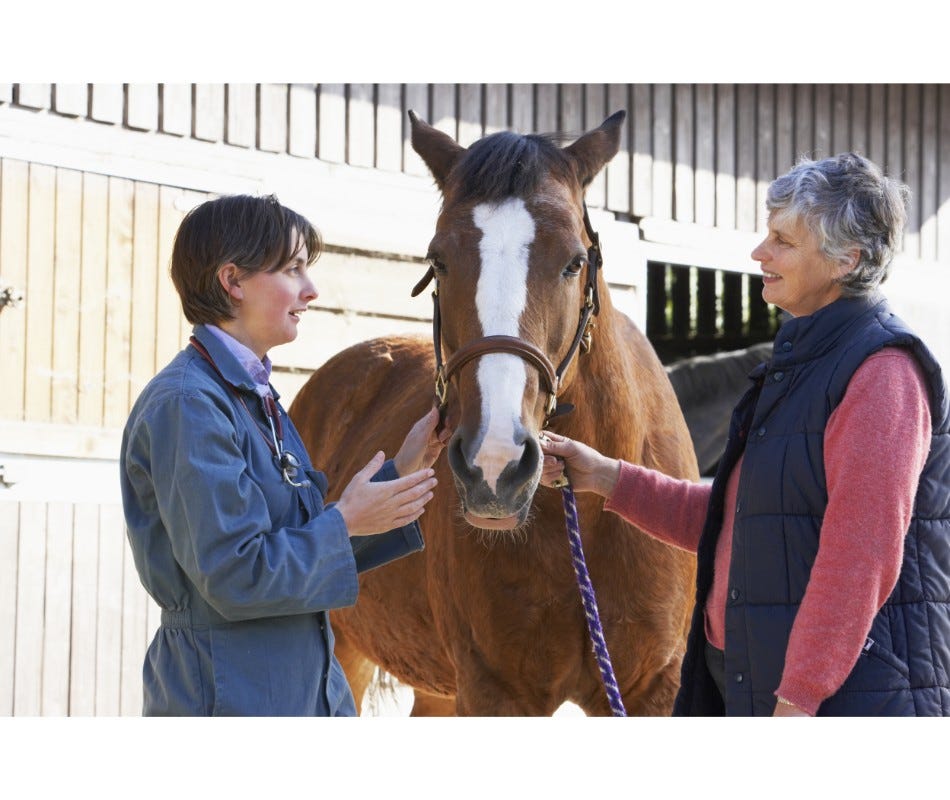
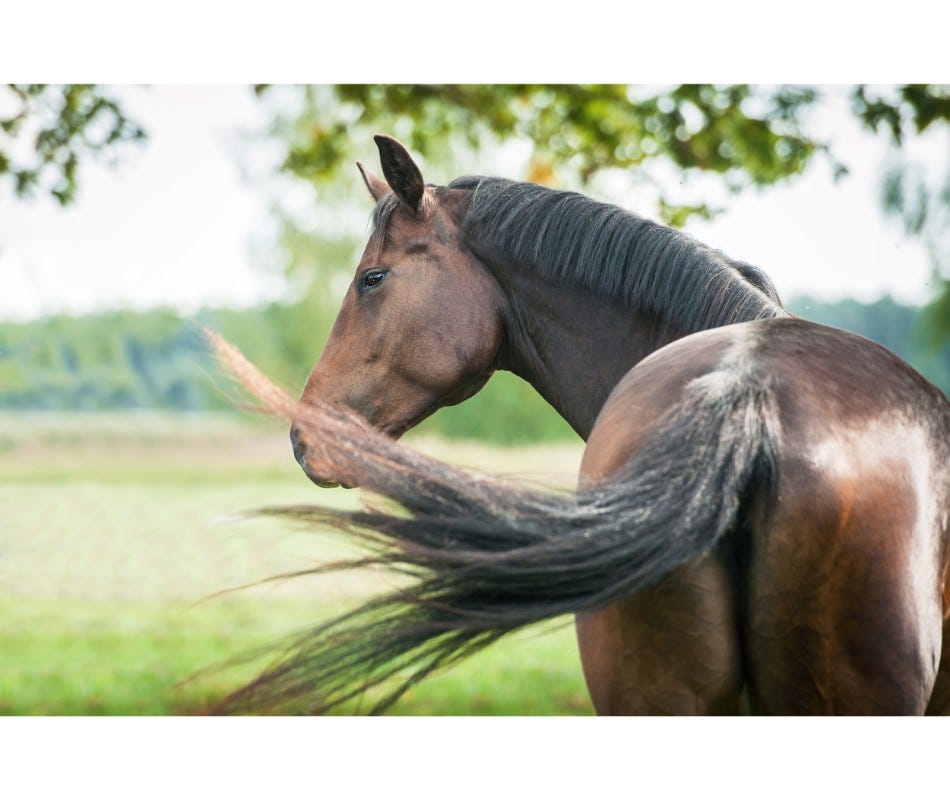
Validate your login